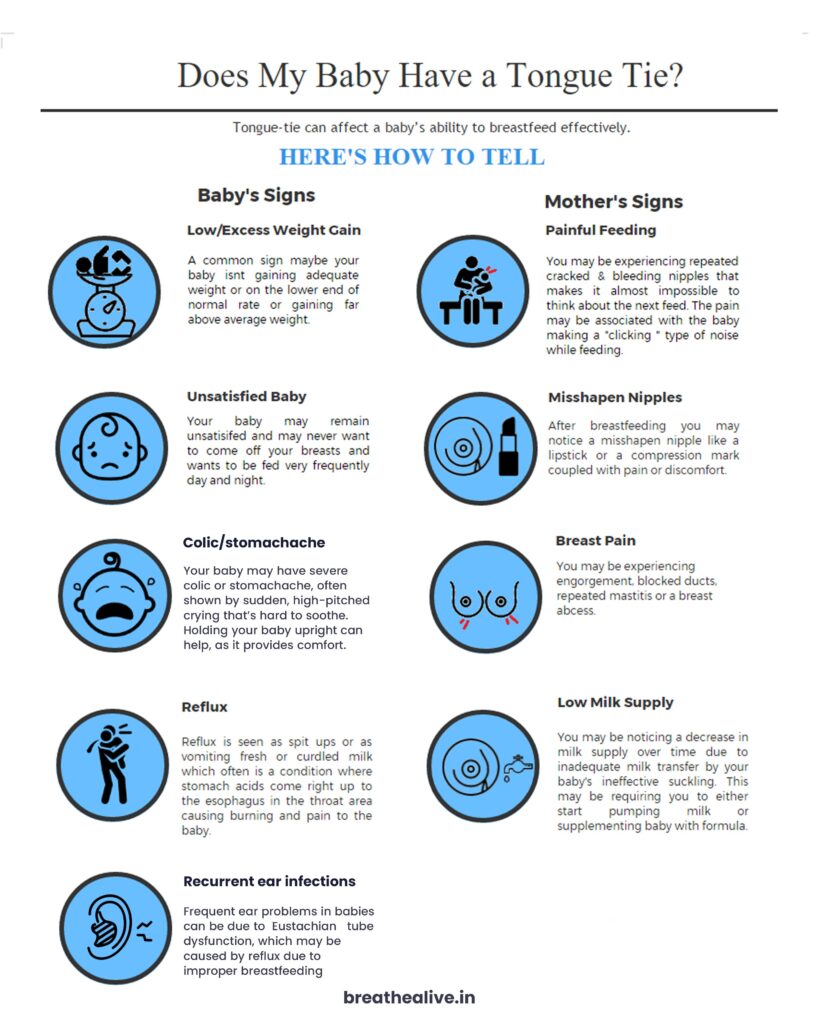Newborns and Lip Tie
Understanding the Issue and Its Impact on Breastfeeding
Lip tie occurs when the band of tissue connecting the inside of the upper lip to the gums, called the labial frenulum, is too tight. This tightness can prevent the upper lip from achieving a proper latch, which is essential for effective breastfeeding.
Why Breastfeeding and Proper Latch Matter
Breastfeeding is crucial for a newborn’s development. It provides essential nutrients, antibodies, and fosters a strong bond between mother and baby. For breastfeeding to be successful, the baby needs to achieve a proper latch, where the baby’s mouth covers a good portion of the areola and the lips are flanged outward. A good latch allows the baby to efficiently remove milk, while reducing the likelihood of pain or nipple damage for the mother.
Common Issues Associated with Lip Tie
- Painful latch during breastfeeding
- Long feeding times with little milk transfer
- Baby frequently detaching from the breast
- Baby frequently detaching from the breast
- Difficulty in gaining weight
How to Identify a Lip Tie
A lip tie may be suspected if a baby struggles to maintain a latch or if breastfeeding is painful for the mother. Other signs include poor weight gain, frequent feeding with little progress, and a gap between the upper lip and gums when the baby tries to nurse.
Treatment for Lip Tie
A lip tie can be corrected with a simple, low-risk procedure called a frenotomy, which releases the tight frenulum. After this procedure, the baby’s latch often improves significantly. Stretching exercises may also be recommended to prevent scar tissue and to ensure proper healing. By addressing lip ties early, both mother and baby can experience a smoother, more successful breastfeeding journey.
Tongue Tie: Understanding the Impact on Feeding and Development
The tongue is an essential organ that plays a vital role in sucking, swallowing, breathing, speech, and chewing. Tongue-tie, or ankyloglossia, occurs when the tissue (lingual frenulum) connecting the tongue to the floor of the mouth is too tight or short, restricting the tongue’s movement. This condition can significantly affect breastfeeding, leading to challenges such as poor latch, prolonged feedings, and issues with growth and development.

How Tongue Tie Affects Breastfeeding
A baby with tongue-tie may struggle to achieve a deep, effective latch. Instead of moving the tongue in a wave-like motion to extract milk, the restricted tongue may not be able to reach or stay latched properly. This can cause:
- Shallow latch and frequent unlatching
- Choking or spluttering milk while feeding
- Prolonged breastfeeding sessions without satisfaction
- Gassiness and colic-like symptoms due to swallowed air
- Inadequate weight gain due to insufficient milk intake
Symptoms in the Mother
Mothers of babies with tongue or lip ties often experience painful breastfeeding due to poor latch mechanics, which can lead to issues such as:
- Nipple trauma (soreness, cracks, bleeding)
- Low milk supply due to inadequate milk removal
- Recurrent plugged ducts or mastitis
- Distorted nipple shape after breastfeeding
Postpartum Depression and Breastfeeding Challenges
Breastfeeding struggles, particularly when linked to conditions like tongue and lip ties, can contribute to postpartum depression. For some mothers, unresolved breastfeeding pain or a baby’s difficulty feeding can exacerbate feelings of stress and anxiety. It’s important to recognize the signs of postpartum depression, such as unexplained sadness, feelings of inadequacy, or extreme fatigue, and seek support.
Myofunctional therapy Therapy for Supporting Breastfeeding Challenges
Myofunctional therapy can be beneficial in supporting both mothers and babies facing breastfeeding challenges, including those related to tongue and lip ties
Benefits:
- For babies: Helps with latch issues, tongue movement, and overall feeding challenges.
- For mothers: reduces postpartum depression, reduces pain from nipple trauma, and addresses issues such as low milk supply.
